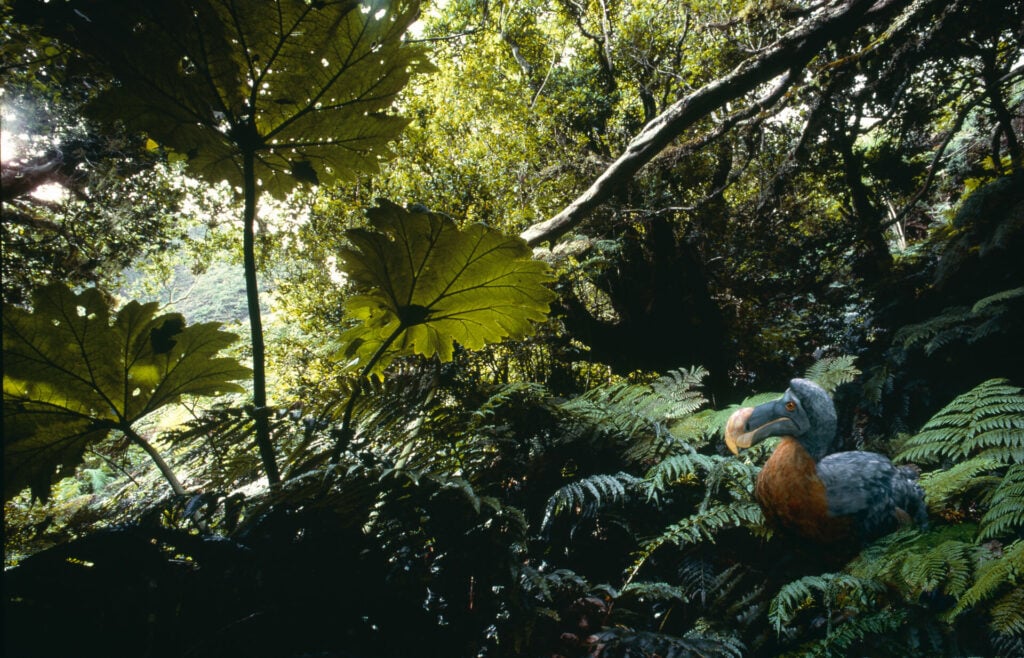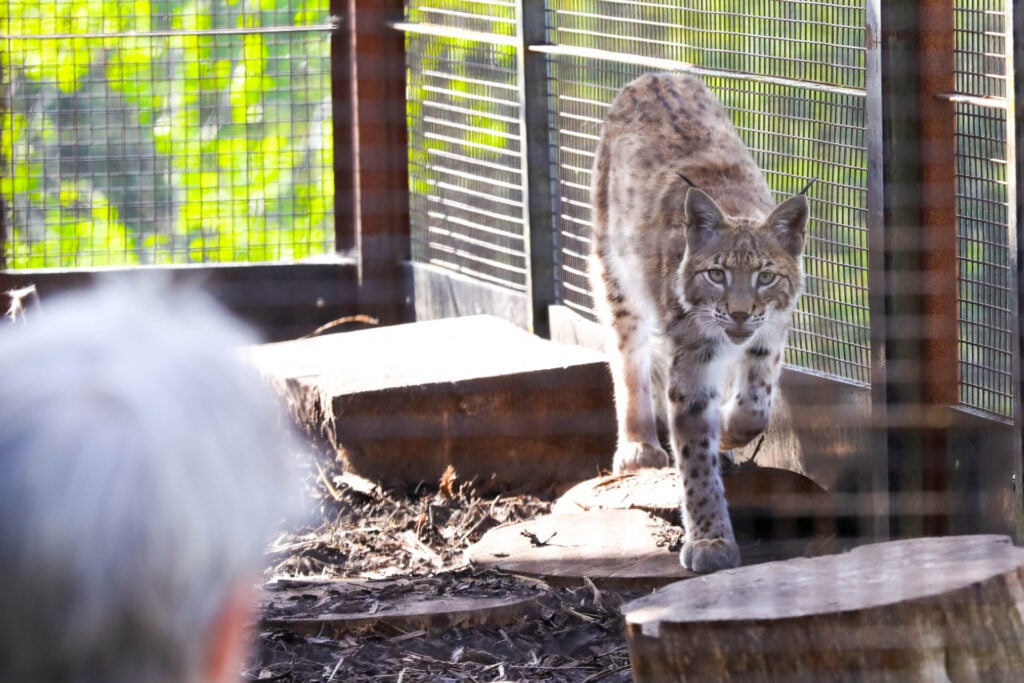The first release of captive-bred Scottish wildcats into the countryside of Scotland has been approved in a bid to protect the critically endangered animals.
Scotland’s wildlife agency NatureScot has approved a licence from the Saving Wildcats partnership to relocate the creatures from their current enclosures into the Cairngorms National Park.
The first in a series of trial releases at the Highland location – the UK’s biggest national park – is expected to happen in June, with around 20 released each year until the population is thriving.
The Scottish wildcats will be released into Cairngorms Connect – an area of land stretching over 600 square kilometres, which is run by a partnership of land managers committed to creating a ‘wildlife landscape.’
Scottish Wildcats on Brink of Extinction
The Scottish wildcat – a type of European wildcat – is one of Scotland’s most elusive carnivores and the only native member of the cat family still found in the wild in Britain. It is a European protected species.
Known as the ‘Highland Tiger’, some wildcats already live free in the Cairngorms. But the population is rapidly dwindling with estimates saying fewer than 300 are left in the country.
NatureScot’s Head of Biodiversity Dr Katherine Leys said: ‘Habitat loss, persecution and hybridisation with domestic cats has brought the Scottish wildcat population to the brink of extinction.
‘The Saving Wildcats partnership has been a lifeline for the species and our decision to grant a translocation licence to allow wildcats to be released in the Highlands of Scotland marks a crucial point in the long journey towards conserving this iconic species.


‘This journey is not without difficulty, and we know that there are more hurdles to overcome before we reach the point where we are ready to release the wildcats into carefully selected areas of the Cairngorms National Park.
‘Once there, the wildcats will face further challenges, so it’s crucial the project continues to work with local communities, farmers, land-owners and cat owners to ensure wildcats are given the best chance to survive and thrive.’
Wildcat Characteristics
Scottish wildcats are about the size of a large domestic cat which makes it difficult to distinguish between the two. They typically have wider faces compared to the types of cats we have as pets, wide set ears, longer fur and thicker tails with blunt ends.
Like most cat species, Scottish wildcats are solitary. They can be active by day and night, and rabbits are their favoured prey but when or where rabbit numbers are low, voles and mice are probably the next most important food source for wildcats in Scotland.
The main threats to the remaining Scottish wildcats include genetic extinction due to breeding with feral and domestic cats, predator control activities, feline disease, road collisions and loss of habitat from development or changes in land management.

Saving Wildcats project lead and RZSS conservation chief Dr Helen Senn said: ‘It is fantastic to reach this milestone and press ahead with planning for trial wildcat releases in the Cairngorms over the summer.
‘When the time comes, we will be able to move wildcats under license from pre-release enclosures at Highland Wildlife Park to carefully selected areas in the Cairngorms Connect landscape which provide a suitable mix of habitats and potential prey for the species.
‘After release, the wildcats will be monitored using GPS collars as they face the many challenges of life in the wild.
‘The fight to restore Scotland’s wildcat populations is just beginning and we are grateful to everyone providing expertise and support along the way.’
For more stories related to animal conservation visit our CHANGE section









